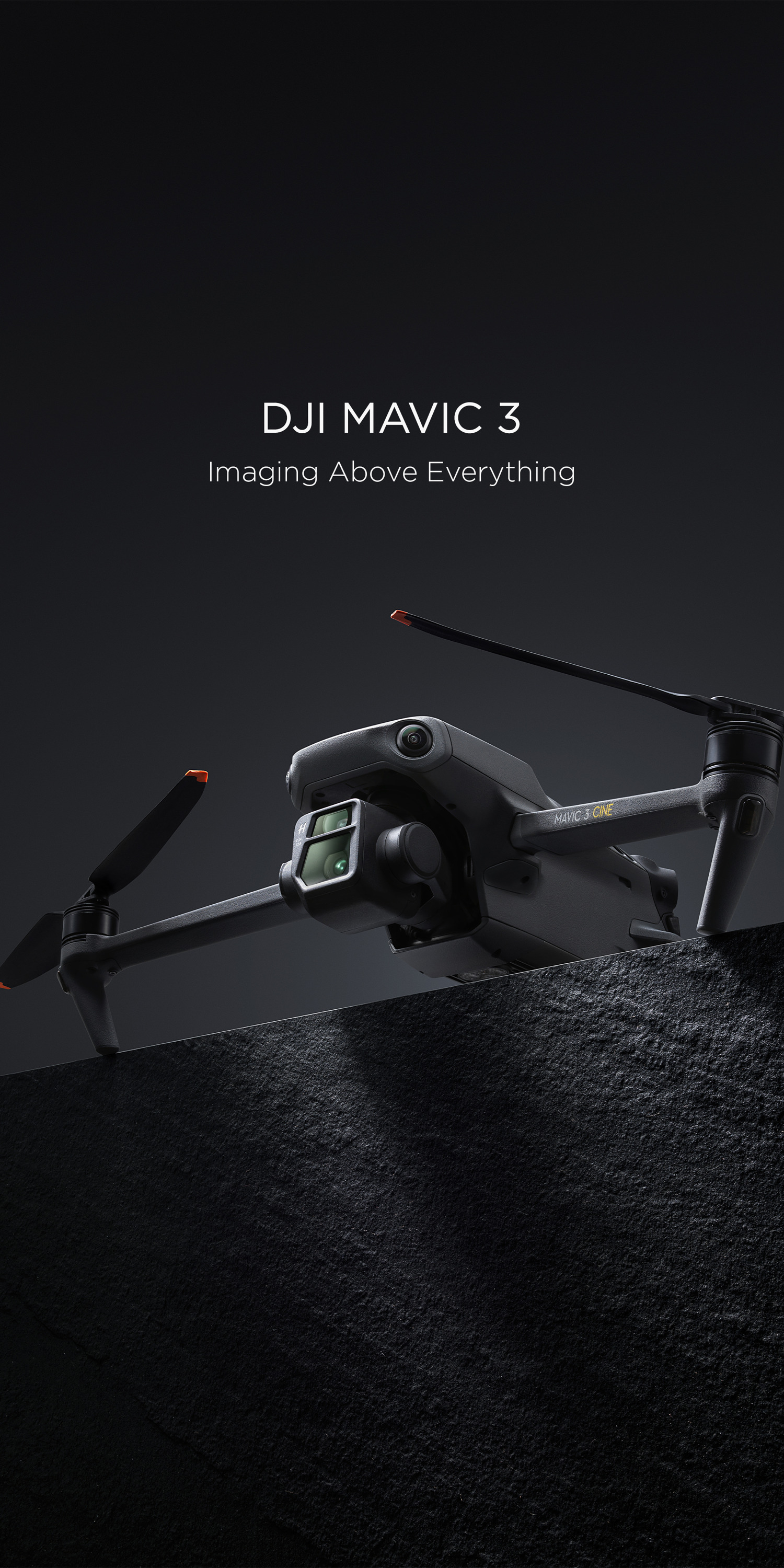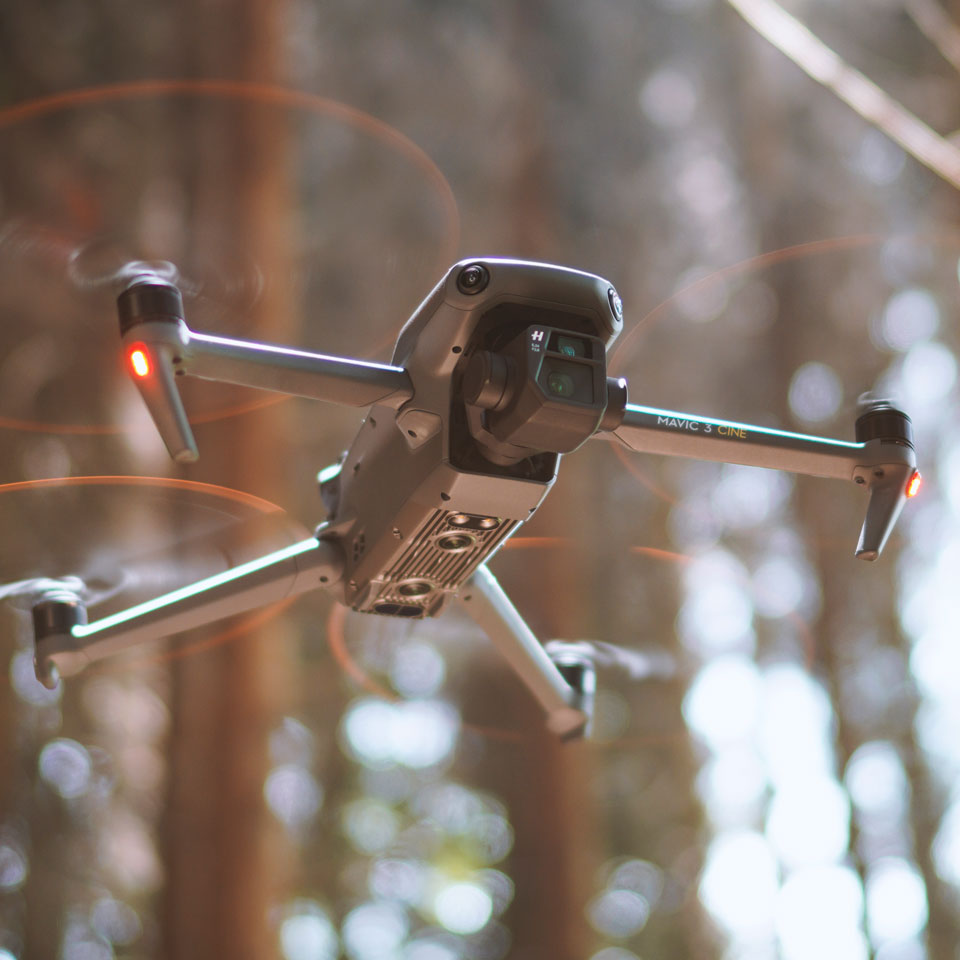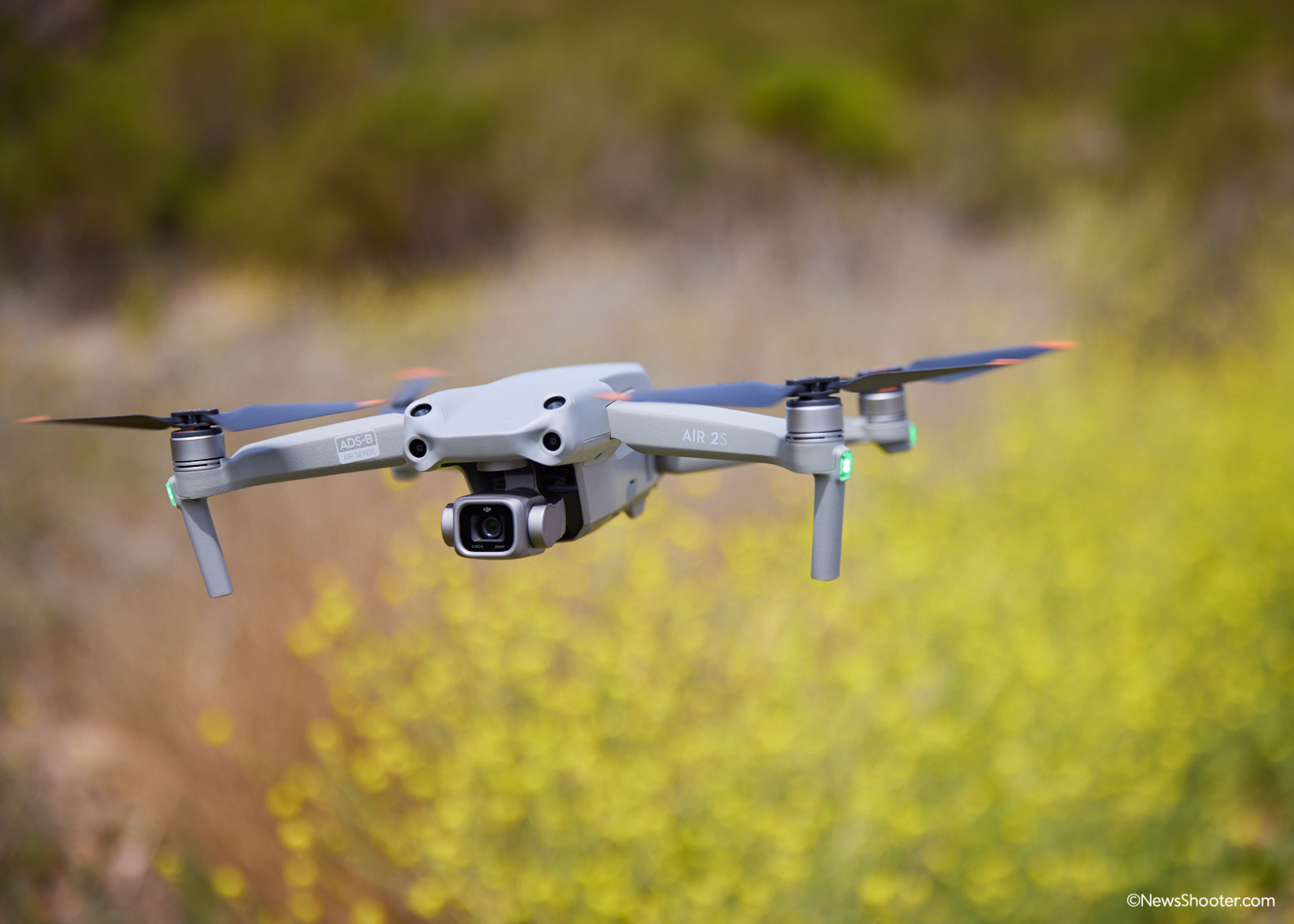
In the field of drone autonomy Level 1 autonomous flight capabilities can be used. These systems don't require human intervention to work and can perform tasks without human supervision. Exyn and other companies have been creating autonomous drones. The drones are equipped with lidar, which allows them to navigate in any environment without the need for human planning. Here are some benefits of Level 1 autonomy for your drone. Let's find out more.
Level 1 autonomy
The autonomy of a drone is the first step to autonomous drones. The drone can operate independently while only having to take control for a limited time of one vital function. It never controls both its speed and direction of flight at the same time, but it can provide assistance for navigation, altitude, and position. Most drone manufacturers produce drones at this stage with some autonomy. Even at this stage, however, the pilot will still have to ensure safety and monitor airspace in order to avoid unforeseeable situations.
This level is still far from commercially accessible and is still in the nebulous. This first level of autonomy allows the drone to fly around. The human pilot must remain alert and be ready to step in when necessary. As drones reach higher levels of autonomy, they will no longer require human pilots. In fact, it will send alerts to the human pilot when it needs help. Level 4 drones will be so intelligent by the time they are in production that they can navigate smokey buildings and find people in dire need of assistance.

Drones should be aware of both humans and prey birds at this stage of autonomy. While drones can fly and track objects, they can not fully understand the environment and make autonomous decisions. Pilots, for instance, must manually scan for other manned airplanes and yield to them when needed. Also, they should be aware of any other manned aircraft, particularly aircraft that may attempt to land.
Exyn autonomous drones are now able to fly in human-free environments at Level 4. They can't fly above vehicles and pedestrians. They will eventually need FAA Part 135 certification. AI and computer visualisation will address these safety issues. In the meantime, they can make our lives easier. But we cannot afford to be caught up in it all. And we won't find out until they do.
Although Level 4 autonomy may not be available in commercial drones yet, it is possible. Some top drone manufacturers have attained this level. Exyn drone is an example. It is autonomous level 4A. This means it can perform complex tasks like inspections and security. And it can also function in collaborative modes with other drones. It's the most advanced drone on the market.

FAQ
What US states are drones legal?
You can legally fly a drone for personal use. The Federal Aviation Administration (FAA) has set up guidelines that allow people to use small unmanned aircraft systems (UASs). Before they can be flown, these UASs need to be registered with FAA. If certain conditions are met the FAA will allow commercial operators to fly these drones.
Are Drones Banned Where?
The FAA has banned drones from flying near airports, stadiums, sporting events, nuclear power plants, hospitals, prisons, and other restricted areas. They do allow drones to fly at night with GPS technology.
Do I need to be able to fly a drone without special training?
You don't require any special training to fly your drone. All you need is a remote control unit and some basic knowledge of flight mechanics.
What are the rules for operating drones?
The FAA must register your drone. You will need to submit information about your drone including its weight and size as well as operating frequency. This registration process requires that you obtain an FAA identification code.
Are drones allowed on public events?
If you observe the rules, then you can fly a drone wherever you want. The event organizers will require approval if you plan on flying your drone during a public event like a parade, festival, concert or other similar event.
Which drone is the best?
One of the most popular beginner drones is the DJI Phantom 2 Vision+. This model comes equipped with a 4K camera, which allows you to take high-quality aerial photos and videos. The drone's GPS system allows you to navigate easily.
Statistics
- With the top 10% making over $100/h and the bottom 10% making as low as $10/h. (dronesgator.com)
- According to industry research from ZipRecruiter , there are 10 cities where the typical salary for a Drone Pilot job is above the national average. (dronesgator.com)
- Research and Markets predict a growth rate of 51.1% over the next five years. (thedroneu.com)
External Links
How To
How to Fly Drones with Beginners
A drone is a remotely-controlled aircraft that is used for aerial photography and surveillance. Drones have been in use since World War II. DJI's Phantom series quadcopters were first commercially available in 2010. From beginner-friendly drones such as Parrot AR Drone 2.0 through professional-grade multirotor craft like DJI Mavic Pro, many types have been available.
There are many methods to fly a Drone, including
-
Remote control - This method uses a control device attached to your hand, which enables you to steer the drone through its flight path. There are two main types: Joysticks (like a radio), and On/Off switches (like an alarm clock).
-
Manual Control – This method lets users remotely control the drone by using a smartphone app. The app will give you instructions.
-
Autonomous Flying - This allows the drone to take over all of the piloting duties. It's basically flying autonomously without any human intervention. For the autonomous flight to occur, the drone must have a built-in camera and sensors capable of capturing images and data.
-
Triggered Flight – This method is very similar to manual flight. The pilot creates a route that the drone will follow until it reaches the destination. After the program is complete, the drone automatically returns to the ground.
-
Landing Gear: Some drones have landing gear that allows them safely to land in case they lose power or run low on battery.
-
Goggles – Pilots often wear goggles while flying to keep themselves safe from any debris.
-
Camera - Certain drones come with cameras that allow you to take photos and videos from high above.
-
Obstacles. Some drones can have obstacle avoidance technology that stops them from hitting obstacles.
-
Speed - Some drones can travel at speeds over 40 mph.
-
Battery Life: Most drones have a battery life of between 20 and 30 minutes depending on how many power sources you use.
-
Range - Depending on the model, some drones can travel up to 30 miles away.
-
Power source: Some drones will require an external power source while others can be powered by internal batteries.
-
Weight – Some drones are less than one pound, while other models can be up to four pounds.
-
Size - Drones come in many sizes, from small gadgets that fit in one's hands to large craft that weigh more than 50 lbs.
-
Price - Drones come in a variety of price categories, including high-end models which can run into the thousands and low-cost options that can start at $100.